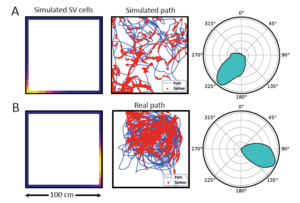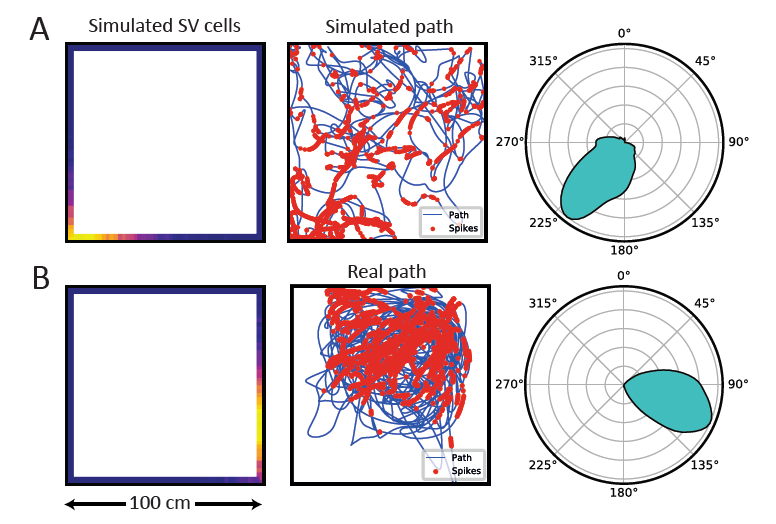The representation of space in the hippocampal formation has been studied extensively over the past four decades, culminating in the 2014 Nobel Prize in Physiology or Medicine. However, an important question remained unresolved: Is the role of this brain structure in spatial processing restricted to mammals, or can we find its origins in other classes of vertebrates?
In this project we study two species of birds: Japanese quail and barn owl. While the quail is a ground-dwelling bird and an efficient forager, the barn owl is a nocturnal predator, tending to stand on high branches and scan the surrounding from afar, searching after distal visual and auditory cues.
Techniques for recording from freely behaving animals are used to measure nerve cell activity of the birds foraging on the ground in 2D, or searching from afar, or flying in 3D space. A variety of avian behavioral tasks are devised in order to search for place cells, spatial-view cells and other types of space-coding cells.

